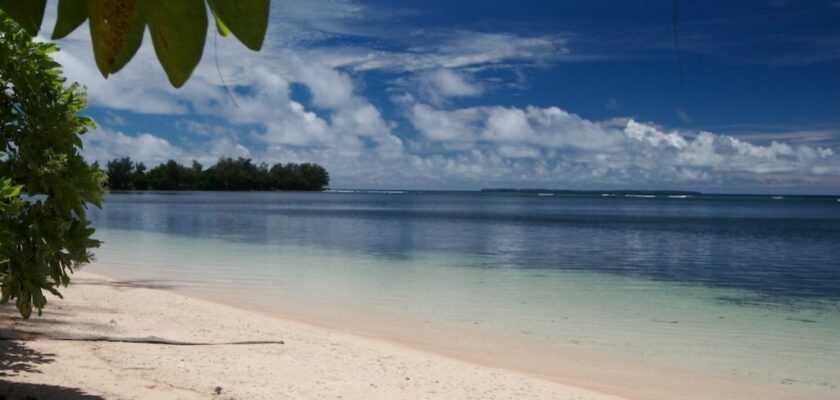Peleliu Island
Peleliu is a small coral island of about 18 km², in the Palau group of islands (part of the Caroline Islands archipelago), located about 850 km east of Mindanao Island (Philippines).
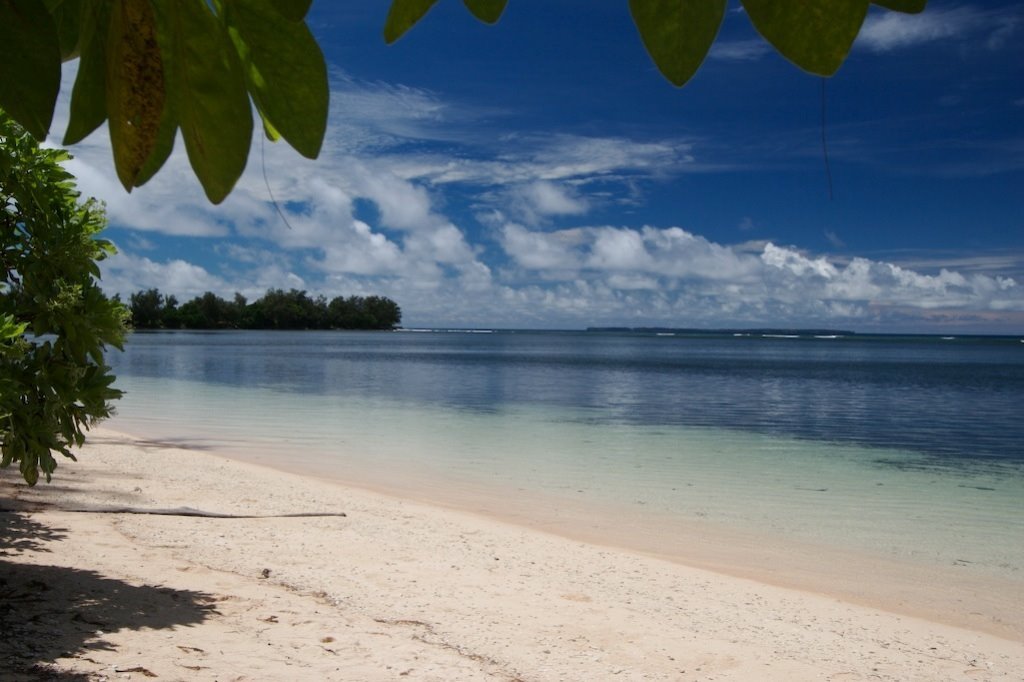
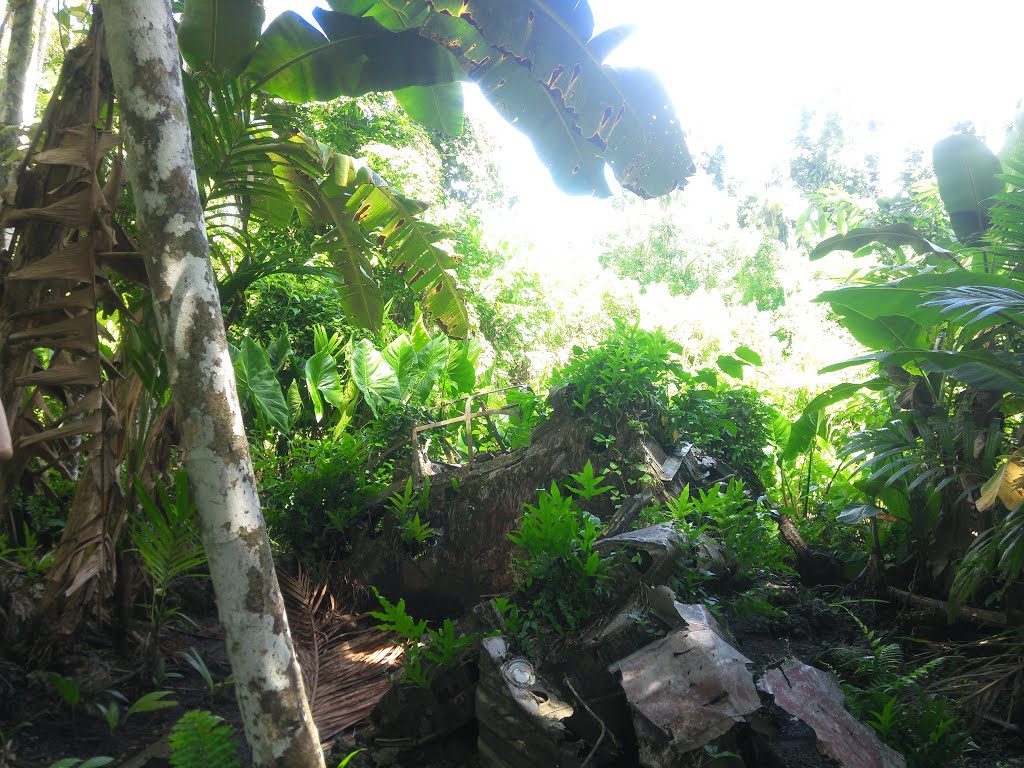
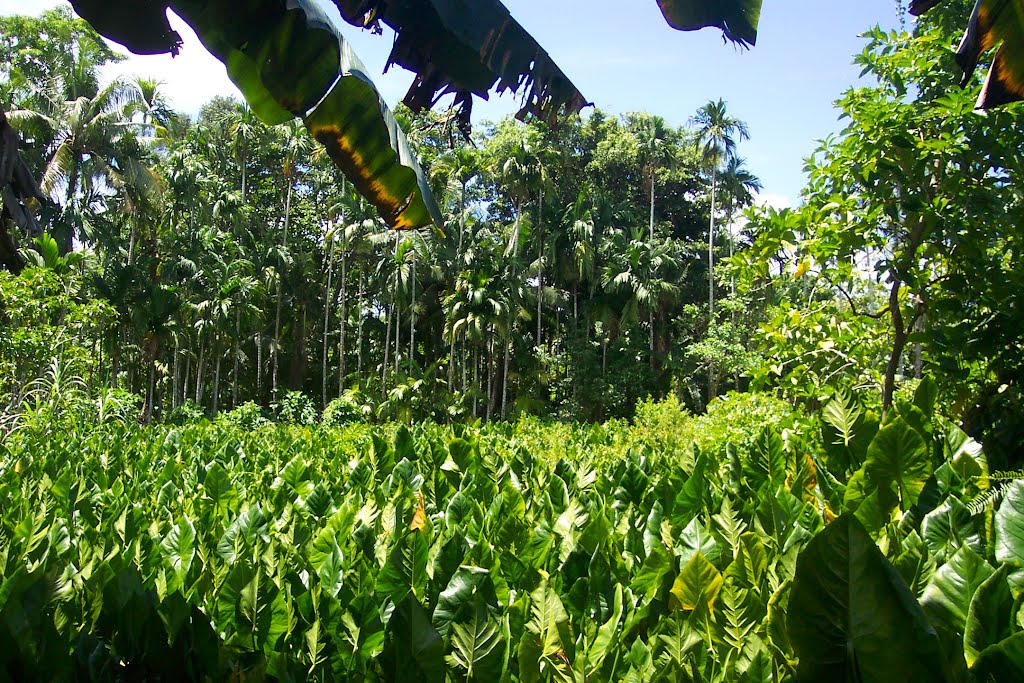
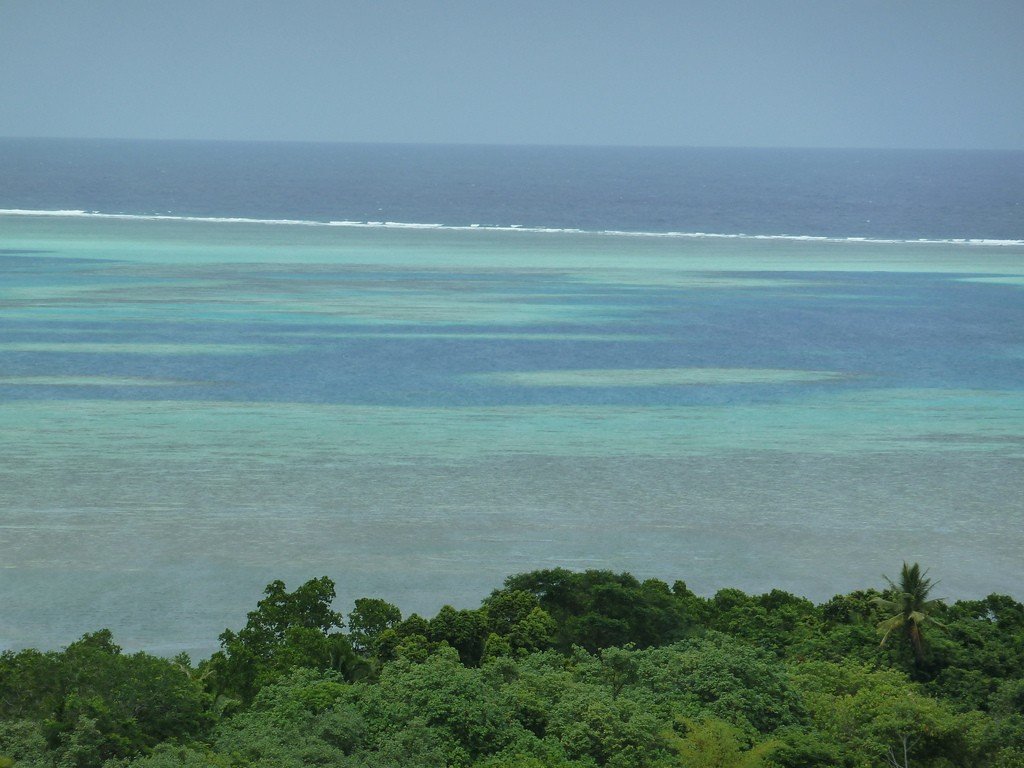
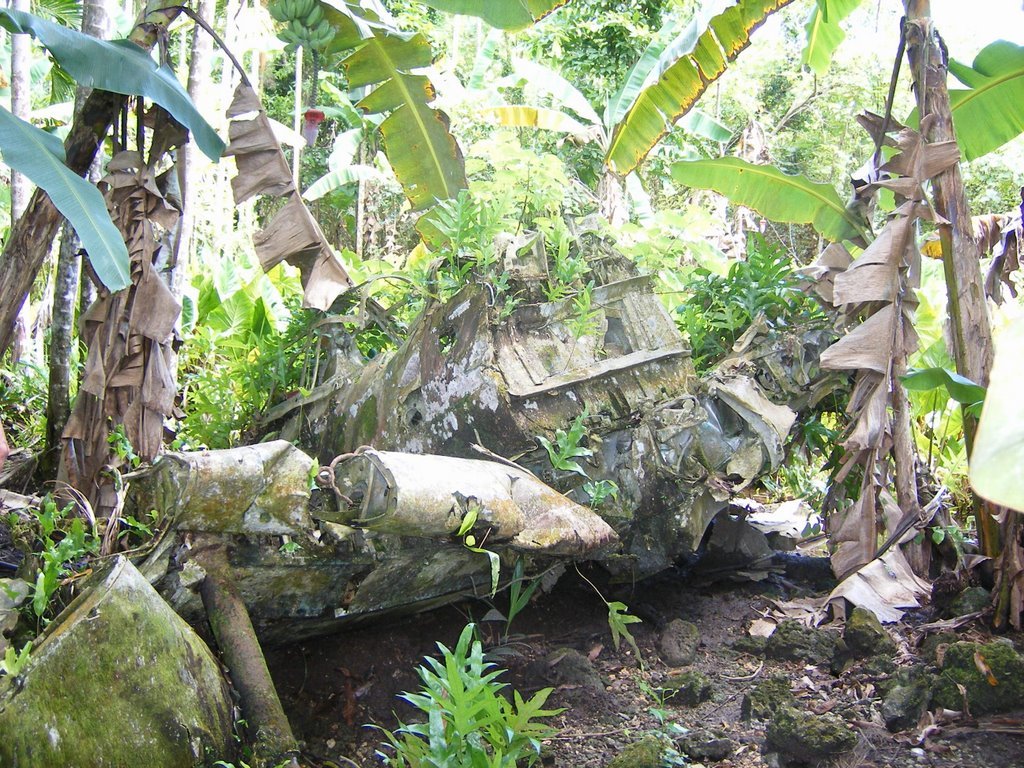
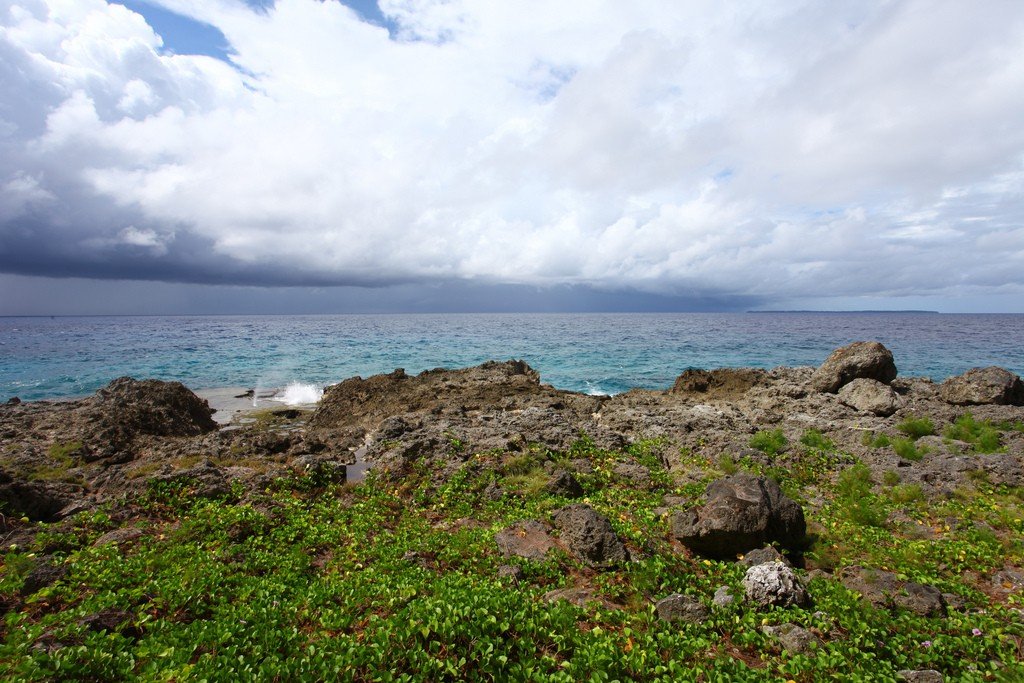
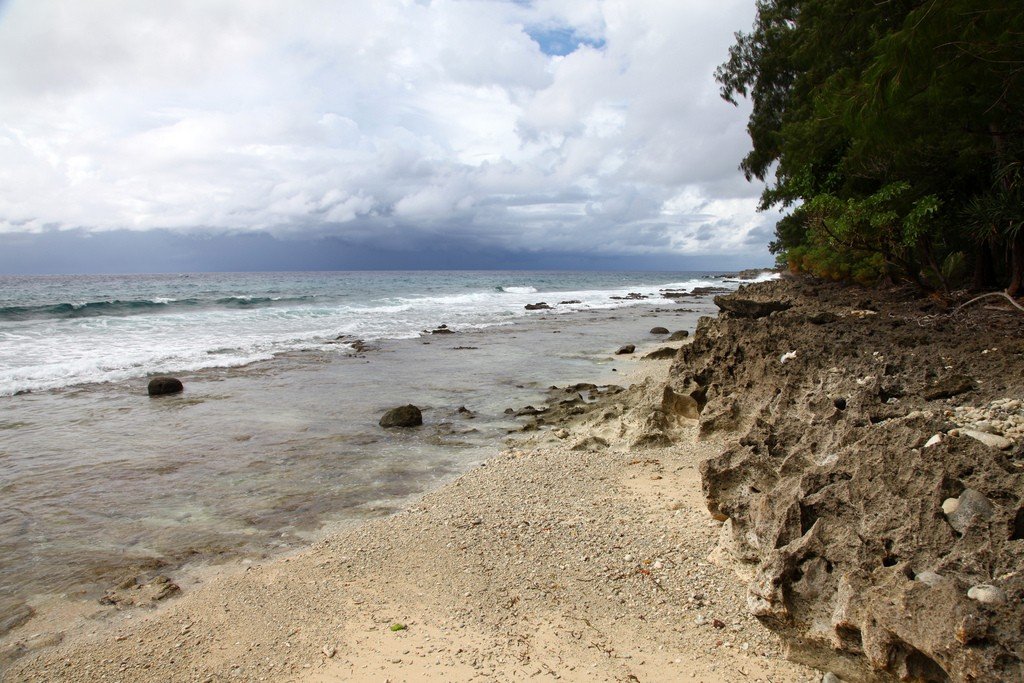
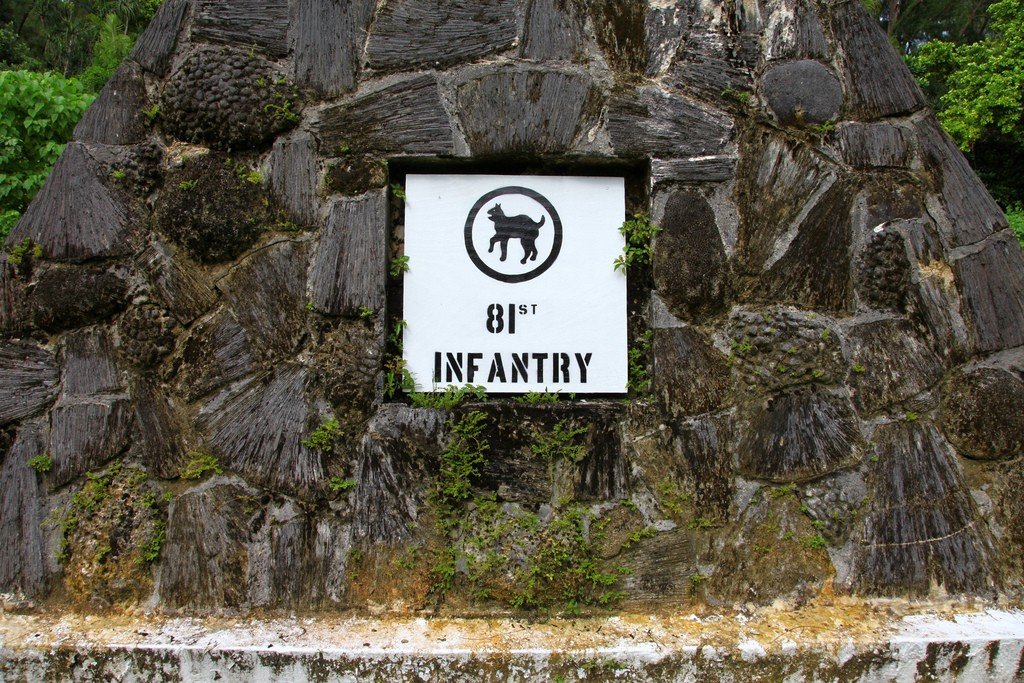
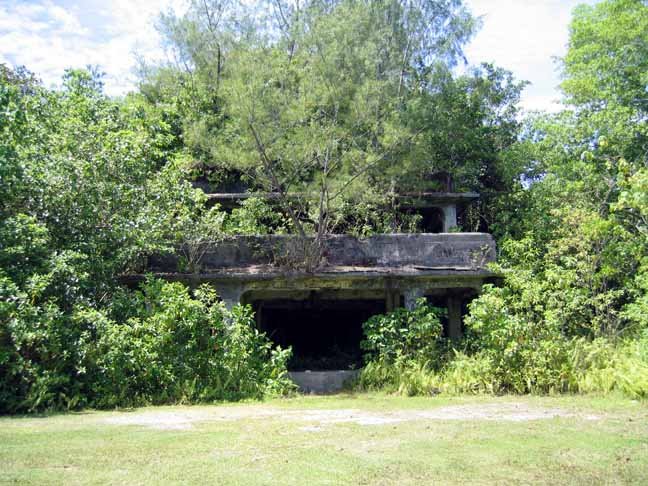
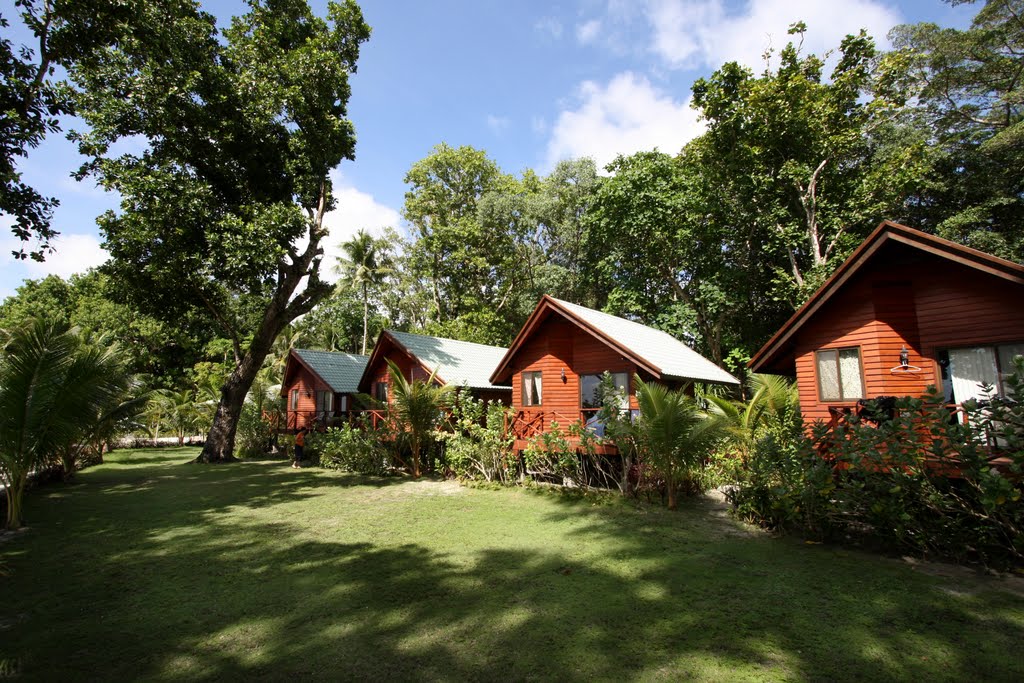
General Information
Peleliu Island was the site of a fierce battle of the final period of World War II, so all of its attractions are centered in the National Historical Park dedicated to these events. Peleliu’s relic forest was completely scorched during the fighting, when more than 20,000 people on both sides died, but now it has grown back, and traces of the battle for this tiny piece of land are abundant beneath its vaults. The local airfield strip, broken gun positions, burned tanks and airplanes, and many broken military vehicles and shipwrecks can be found in the waters surrounding the island. There is a small military museum in Kloulklubed.
.There are no rivers on the island, and the soil dries out quickly after the rains. To the southeast is a swamp with dense mangroves. In the southwest and south of the island were scrubby thickets with grassy glades. A sharp coral ridge 550 feet high, with many cliffs and precipices, known as Mount Umurbrogal, dominates the northern part of the island. At the northern tip is another mountain called Amienangal. Both mountains abounded with caves, and the Japanese blasted coral reefs to connect many of them.
.
Of the animals, Peleliu Island is home to reptiles, including two species of crocodiles, varans and non-venomous snakes, monkeys and fruit bats. In addition, there are 32 species of birds and many insects. The coastal waters of the Republic of Palau are home to more than 1500 species of marine fish, more than 700 varieties of corals and sponges, making the country’s underwater world one of the richest in the world. Underwater, you can see a variety of fish ranging from spiny hornbills, lutians, butterfly fish, argus and barracuda to Napoleon sponges and reef sharks. It is also home to venomous sea snakes, clams, green turtles and the rare biss turtle, stingrays, mantas, cuttlefish and rare dugongs (manatees)..Peleliu Reef Wall, which lies southwest of the island, is one of the best dive sites in the world, and White Beach, named Bludy Beach after the World War II fighting, is great for snorkeling.
.Other dive sites on the island include Turtle Cave, which is a vertical reef. At the corner of the reef wall there is a plateau where the depth reaches 6 – 13 meters. On the reef wall you can see a large number of small caves, arches and ledges.
Here you can meet bigeye tunas, snappers, butterfly fish and other representatives living here along with gray reef sharks, which spin in the blue abyss. Large numbers of angel fish swim along and on top of the reef.
.Despite the fact that the dive site is called “Turtle Cave”, these reptiles will not be seen here. The fact is that many years ago turtles used the beach of the island to lay eggs, but because the coast became very crowded, they no longer come here, but the name remains.
.
